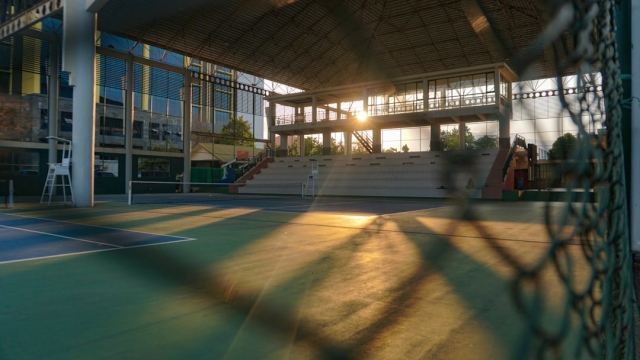As the sport of padel continues to gain traction around the world, the demand for high-quality padel courts has never been greater. A well-designed court not only enhances the playing experience but also attracts players and events, making it essential for facility managers and developers to prioritize their design and construction. To achieve the best results, one must delve into the fundamentals of padel court expertise, focusing on design principles, construction best practices, and maintenance strategies.
Understanding Padel Court Design: Key Elements and Considerations
The design of a padel court is pivotal in ensuring optimal playability and player satisfaction. The first consideration is the dimensions; a standard padel court measures 20 meters long and 10 meters wide, surrounded by glass walls that enhance visibility and play dynamics. It is crucial to ensure the court is adequately sized to allow for competitive gameplay while also accommodating casual players.
Surface materials play a significant role in the overall experience. Common choices include artificial grass, which provides good traction and durability, and concrete, which is often combined with specialized coatings to improve grip and reduce wear. The choice of surface should align with the skill level of players and the intended use of the facility. For instance, competitive courts might benefit from a surface that allows for faster play, while recreational courts may prioritize comfort.
Lighting is another essential factor in court design. Proper illumination not only facilitates play during low-light conditions but also enhances safety. A well-lit court should have uniform lighting that minimizes shadows and glare. The placement and type of lights can significantly impact visibility, making it vital to consult with lighting experts to achieve optimal results.
Construction Best Practices for Padel Courts: Materials and Techniques
Once the design elements are established, the next step is construction. The foundation is critical; a solid base ensures longevity and stability. This typically involves excavation and the installation of a high-quality sub-base that allows for proper drainage. A well-drained court prevents water accumulation, which can damage the surface and affect playability.
When it comes to surface materials, selecting high-quality components is essential for durability. For instance, artificial grass should be UV-stabilized to prevent fading, while concrete surfaces should be treated with protective coatings to reduce wear and tear. Utilizing materials that are resilient to weather conditions and daily use will result in a court that stands the test of time.
Additionally, employing advanced construction techniques can further enhance court quality. For example, using a modular approach can simplify maintenance and repair, allowing for specific sections to be replaced without disrupting the entire court. Engaging professionals with expertise in padel courts can ensure that the construction meets all necessary standards and specifications.
Maintenance Tips for Padel Courts: Keeping Your Facility in Top Shape
To maintain the quality and longevity of a padel court, regular maintenance is crucial. One of the primary tasks is cleaning the surface to remove dirt and debris. For artificial grass surfaces, brushing can help keep the fibers upright, while concrete courts should be pressure washed periodically to prevent grime buildup.
Inspecting and maintaining the glass walls is also important. Regular checks for cracks or damages will ensure player safety and preserve court aesthetics. In addition, the surrounding area should be kept clear of obstructions and hazards that could pose risks to players.
Finally, be proactive about surface repairs. Addressing any wear and tear quickly can prevent further damage, ensuring that the court remains in optimal playing condition. Consulting with experts in padel court maintenance can provide tailored advice and services that enhance the functionality and safety of your facility.
Conclusion
In summary, achieving excellence in padel court design, construction, and maintenance requires a deep understanding of the key elements that contribute to a successful facility. By focusing on dimensions, surface materials, lighting, and employing best practices during construction, facility managers can create courts that meet the needs of players and withstand the test of time. Regular maintenance ensures that the courts remain in top shape, providing an enjoyable playing experience for all. Investing in padel court expertise will yield significant benefits, enhancing player satisfaction and fostering a vibrant padel community. For more specialized guidance and resources, consider exploring options at Mondo Padel.

